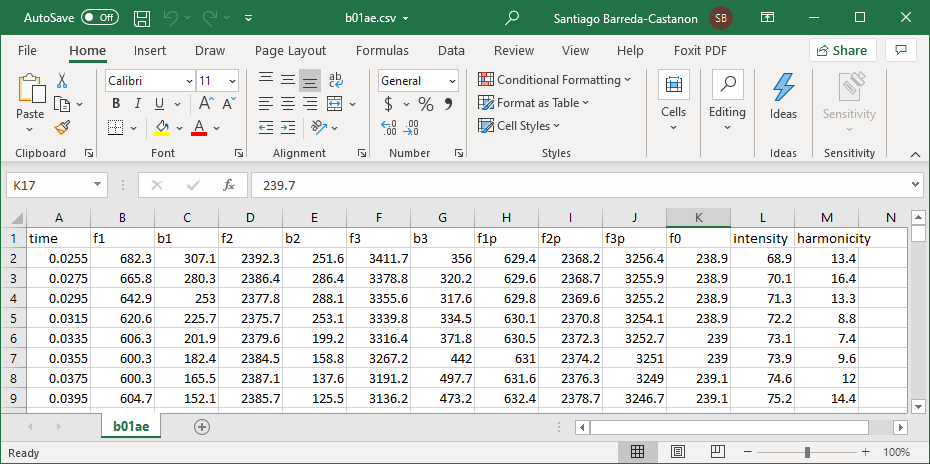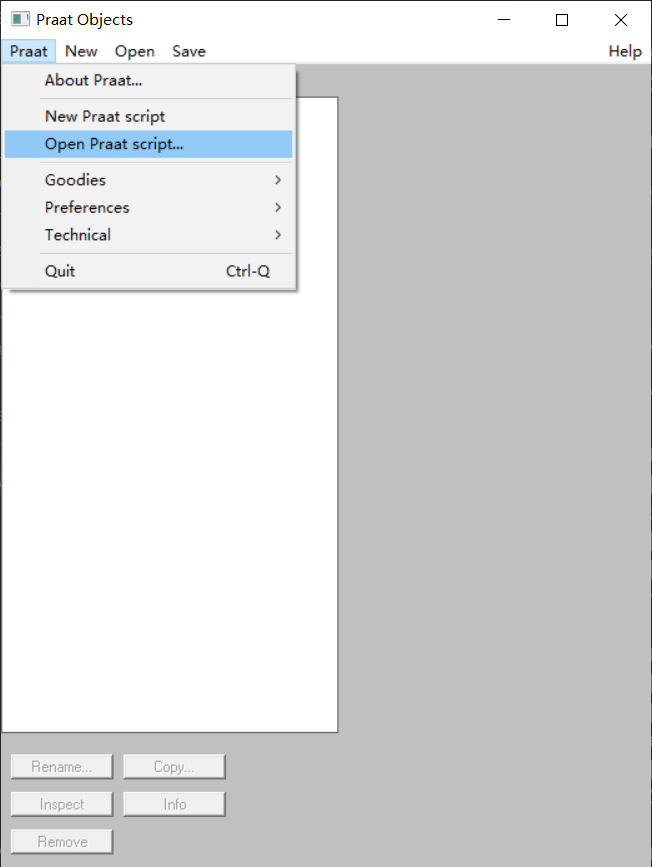


However, the concept of an integral database is important”. At this time, the MDVP normative values should be regarded as preliminary and not as commonly recognized criteria by which abnormality is established. However, these values should be used with great caution because they are based only in 15 normal voices and “may not be appropriate for various age‐sex subpopulations. The most widely used clinical graphical and numerical representation of normal and pathological voices is the Multidimensional Voice Program (MDVP), and even when the acoustic analysis of voice is performed with freeware, reference values from the MDVP can be found in the manuals. Ī database of normal and pathological voices is a reference for the identification of clinically relevant perturbations in voice quality and data collection and analysis suitability developed for specific applications.

However, the reliability of acoustic analysis of the voice signal is still hindered by the “scarcity of sufficiently comprehensive databases”. Results can be interpreted reliably, as long as they are collected by the same equipment, and the same data collection methods and recording techniques are used. They also allow to differentiate normal voice and pathological voice, to evaluate and monitor it clinically, and to diminish the subjectivity that underlies the acoustic‐perceptual analysis by establishing a correlation between quantitative data. Reference acoustic databases allow the standardization of acoustic analysis, benchmarking and comparing the performance of different voice analysis techniques. However, despite the variety of models and methods developed by signal processing engineers, voice clinicians still express their disappointment with regard to the performance of the existing approaches for assessing voice quality. The collection of voice databases for testing and comparing the analysis methods is regarded as an important research area. It is also an important tool to an early detection and treatment of laryngeal tumors that can reduce both morbidity and mortality. It should include perceptive, acoustic, physiological, aerodynamic evaluation, and an auto‐assessment of vocal quality.Īcoustic voice analysis is an effective and noninvasive tool that can be used to confirm an initial diagnosis and provide an objective determination of the impairment. The instrumental evaluation of voice is considered as one of the most important elements for a correct vocal diagnosis and must precede intervention. The multidimensionality of voice requires the use of several types of evaluation and measures to allow the correct characterization of vocal quality. The AVFAD will allow future cooperative work and testing of non-invasive methods for voice pathology diagnosis. An additional analysis of the relation between the acoustic parameters and gender, age group, smoking habits, body mass index and voice usage, was considered. The normal and pathological f0 mean, Jitter ppq5, Shimmer apq11 and Harmonics-to-Noise-Ratio characteristics were compared. Radial graphs were generated considering that all variables had an approximately normal distribution, and using previously calculated average and standard deviation values for all parameters.

An annotated segment of the vowel /a/ for each participant was analysed automatically with a Praat script. The AVFAD are comprised of 8648 uncompressed audio files and an additional database file with 19 Praat Voice Report parameter values and 16 clinical data entries per participant. Participants were audio-recorded, producing the following vocal tasks: Sustaining vowels /a, i, u/ reading of six CAPE-V sentences reading a phonetically balanced text spontaneous speech.
#PRAAT SCRIPT COMPUTE F0 STATISTISC MANUAL#
All clinical conditions were registered according to the Classification Manual of Voice Disorders-I. A new open access resource called Advanced Voice Function Assessment Databases (AVFAD) was developed, based on a sample of 709 individuals (346 clinically diagnosed with vocal pathology and 363 with no vocal alterations) recruited in Portugal.


 0 kommentar(er)
0 kommentar(er)
